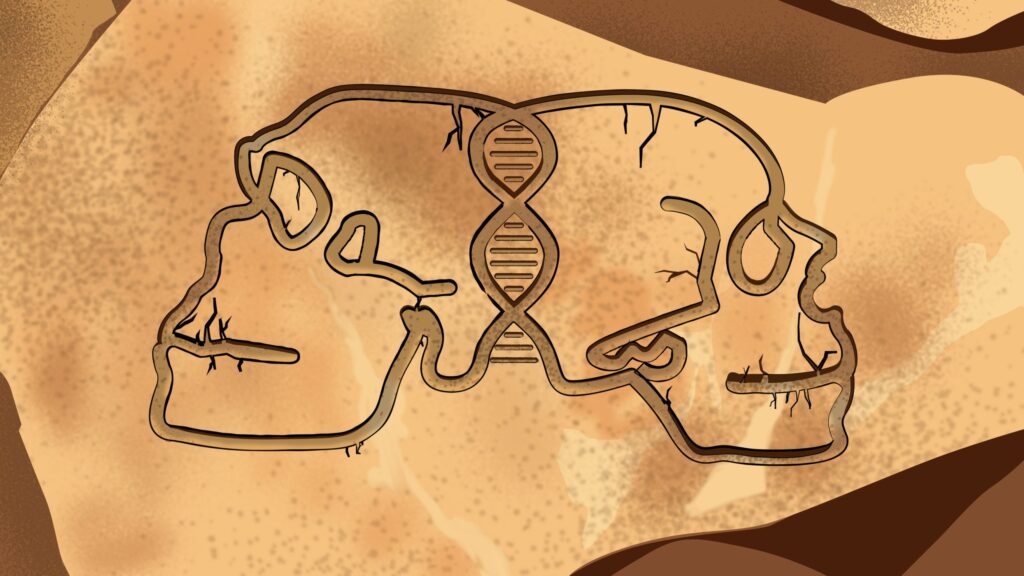
An artist’s illustration of a planet — though not LHS 1140 b — outside the Solar System.
A planet relatively close to Earth may be the first ever discovered with a potentially life-sustaining liquid ocean outside our Solar System, according to scientists using the James Webb Space Telescope.
More than 5,000 planets have been discovered outside the Solar System so far, but only a handful are in what’s called the “Goldilocks zone” — neither too hot nor too cold — that can hold liquid water. a key ingredient for life.
The exoplanet LHS 1140 b is one of the few in this habitable zone and has been thoroughly studied since it was first discovered in 2017.
It is located 48 light-years from Earth, which equates to more than 450 trillion kilometers (280 trillion miles) — relatively close in the vast distances of space.
The exoplanet was thought to be a small gas giant called a “mini-Neptune” with an atmosphere too thick of hydrogen and helium to support alien life.
However, new observations from the Webb telescope have confirmed that the exoplanet is in fact a rocky “super-Earth”.
It is 1.7 times larger than Earth but has 5.6 times its mass, according to a study published late Wednesday in The Astrophysical Journal Letters.
‘Best bet’ for the ocean world
The Webb telescope was able to analyze the planet’s atmosphere as it passed in front of its star.
There was no sign of hydrogen or helium, ruling out the planet being a mini-Neptune.
The planet’s density shows that it “actually has large amounts of water,” study co-author Martin Turbet of France’s CNRS scientific research center told AFP.
It can be a really large amount of water.
All the water in the Earth’s oceans represents only 0.02 percent of its mass. But 10 to 20 percent of the exoplanet’s mass was estimated to be water.
Whether or not this water is in liquid or ice form depends on the planet’s atmosphere.
“We don’t have direct evidence that there is an atmosphere, but some elements point in that direction,” said Turbet.
Lead study author Charles Cadieux, a PhD student at the University of Montreal, said that “of all the currently known exoplanets, LHS 1140 b may be our best bet to one day indirectly confirm liquid water in the surface of an alien world”.
One positive is that the planet is gently warmed by its red dwarf star, which is one-fifth the size of the Sun.
The exoplanet’s surface temperature should be fairly similar to that of Earth and Mars, Turbet said.
The presence of gases such as carbon dioxide will play a key role in determining whether the planet is covered in ice or water.
Bull’s Eye Ocean
One possibility is that the surface is mostly ice, but there is a vast liquid ocean where the planet is most exposed to the heat of its star.
This ocean could measure about 4,000 kilometers in diameter, about half the surface area of the Atlantic Ocean, the modeling suggested.
Or liquid water could be hidden under a thick shell of ice, as in the moons Ganymede, Enceladus or Europa orbiting Jupiter and Saturn.
Webb’s instrument picked up signs suggesting “the presence of nitrogen,” Cadieux said, adding that more research was needed to confirm the finding.
Nitrogen is found everywhere on Earth and is thought to be another potential ingredient for life.
The researchers hope to get a few more hours of the Webb telescope’s precious time to learn more about LHS 1140 b.
It will take at least a year to confirm whether the exoplanet has an atmosphere and another two or three to detect the presence of carbon dioxide, the researchers estimated.
More information:
Charles Cadieux et al, Transmission Spectroscopy of the Habitable Zone Exoplanet LHS 1140 b with JWST/NIRISS, arXiv (2024). DOI: 10.48550/arxiv.2406.15136
© 2024 AFP
citation: Nearby exoplanet may be first known ocean world: Webb telescope (2024, July 13) Retrieved July 14, 2024 from https://phys.org/news/2024-07-nearby-exoplanet-ocean-world- webb.html
This document is subject to copyright. Except for any fair agreement for study or private research purposes, no part may be reproduced without written permission. The content is provided for informational purposes only.

